Picea Glauca Broom!
User
4 years ago
Featured Answer
Sort by:Oldest
Comments (23)
maackia
4 years agoUser
4 years agolast modified: 4 years agoRelated Professionals
West Milford Landscape Architects & Landscape Designers · Bellflower Landscape Architects & Landscape Designers · Owings Mills Landscape Architects & Landscape Designers · Redondo Beach Landscape Architects & Landscape Designers · Sand Springs Landscape Architects & Landscape Designers · Wareham Landscape Architects & Landscape Designers · Willowick Landscape Architects & Landscape Designers · Cockeysville Landscape Contractors · Del Aire Landscape Contractors · Lake Worth Landscape Contractors · Lyndhurst Landscape Contractors · Ringwood Landscape Contractors · San Carlos Park Landscape Contractors · Seymour Landscape Contractors · Cheshire Gardeners & Lawn CareUser
4 years agoUser
4 years agoUser
4 years agolast modified: 4 years agoUser
4 years agoUser
4 years agolast modified: 4 years agoUser
4 years agolast modified: 4 years agoUser
4 years agolast modified: 4 years agoUser
4 years agoUser
3 years agoUser
3 years ago
Related Stories
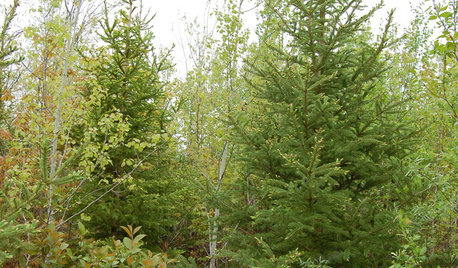
GARDENING GUIDESGreat Design Plant: Picea Glauca
Its sculptural form and evergreen foliage provide year-round beauty and wildlife shelter. Its cones offer important winter songbird food
Full Story
CHRISTMAS TREESWhy You Should Consider a Living Christmas Tree
Potted conifers last for years and can enrich the landscape. Here’s how to select and care for your tree
Full Story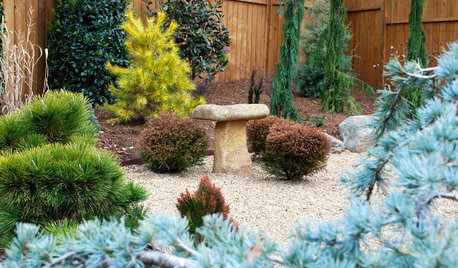
PLANTING IDEASDesigning With Conifers: Personality and Form in the Garden
Unique and full of interest, well-shaped conifers await a place your yard
Full Story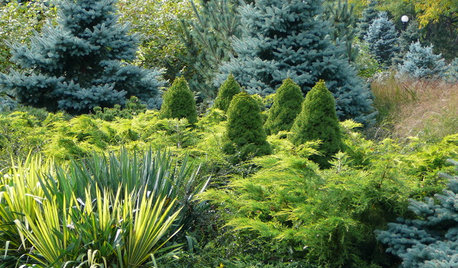
PLANTING IDEASDesigning With Conifers: Layers of Texture for Your Garden
Sharp and prickly or fine like ferns, richly textured conifers bring unexpected interest to the landscape
Full Story
GARDENING GUIDESDesigning With Conifers: Find the Perfect Fit for Your Landscape
Conifers range from fairy-garden size to 70 feet tall. Here’s how to decifer the plant tag for the perfect long-term fit in your garden
Full Story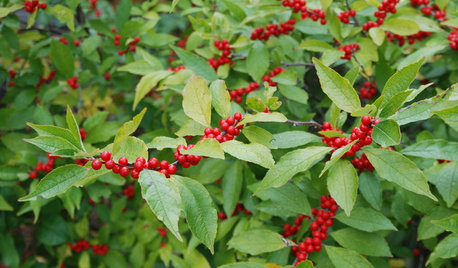
GARDENING GUIDES12 Gorgeous Flowers and Shrubs for Winter Gardens
These pick-me-up plants brighten gray days and add color, structure and fragrance when everything else is dormant
Full Story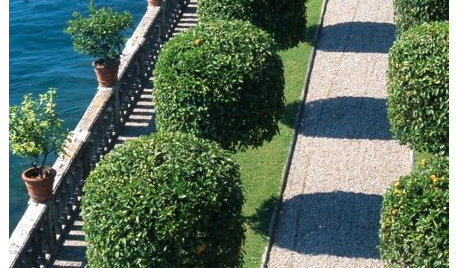
LANDSCAPE DESIGN5 Structural Plants to Frame Your Garden Beautifully
Consider these trees and shrubs live building blocks, providing structure and definition in even a small garden
Full Story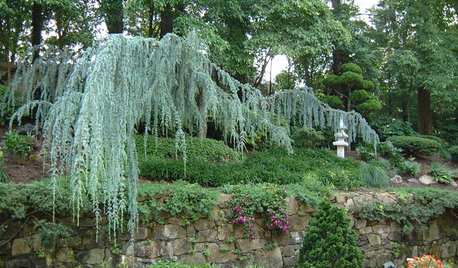
PLANTING IDEASDesigning With Conifers: Exploring Color
Colorful, structural and adaptable, conifers are waiting to transform your garden
Full Story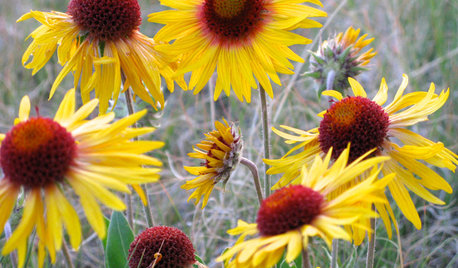
NATIVE PLANTS10 Top Native Plants for the Rocky Mountain Region
Give your landscape a sense of place, and attract pollinators and songbirds, with these native plants
Full Story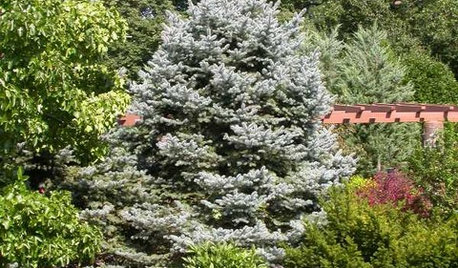
LANDSCAPE DESIGN10 Evergreens for Beautiful Foliage All Year
Give your landscape consistent color and structure with the emeralds, chartreuses and blues of evergreen trees and shrubs
Full Story








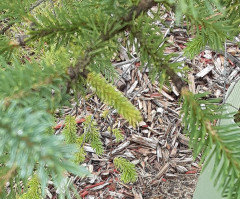


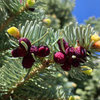


Larry Dale